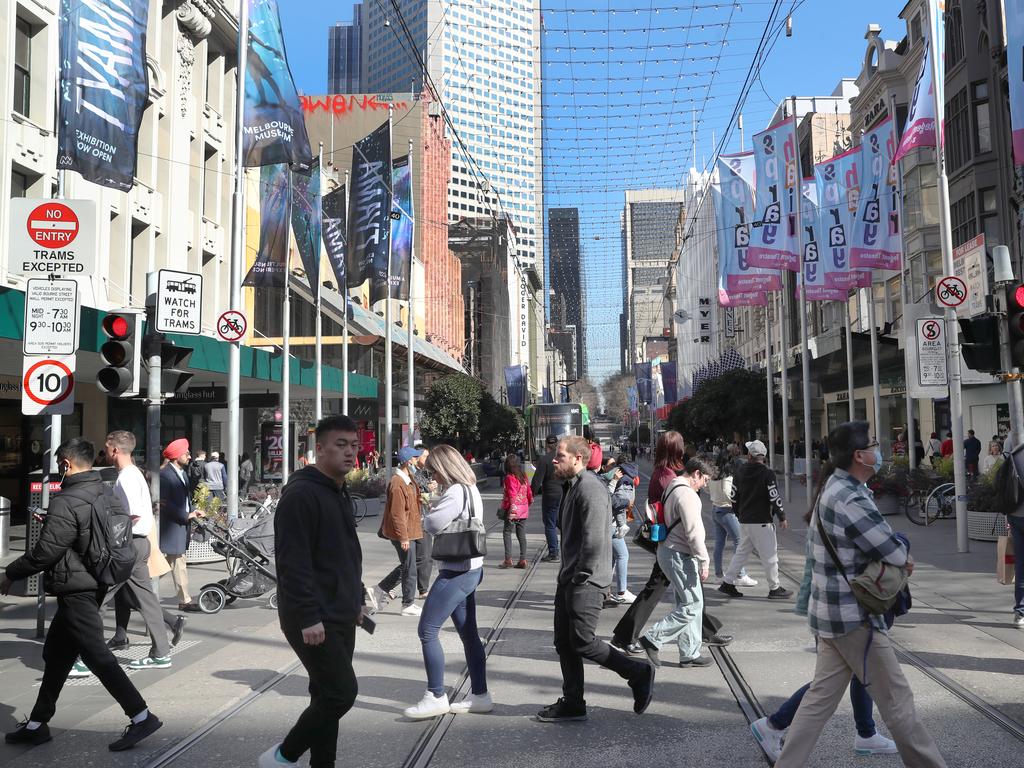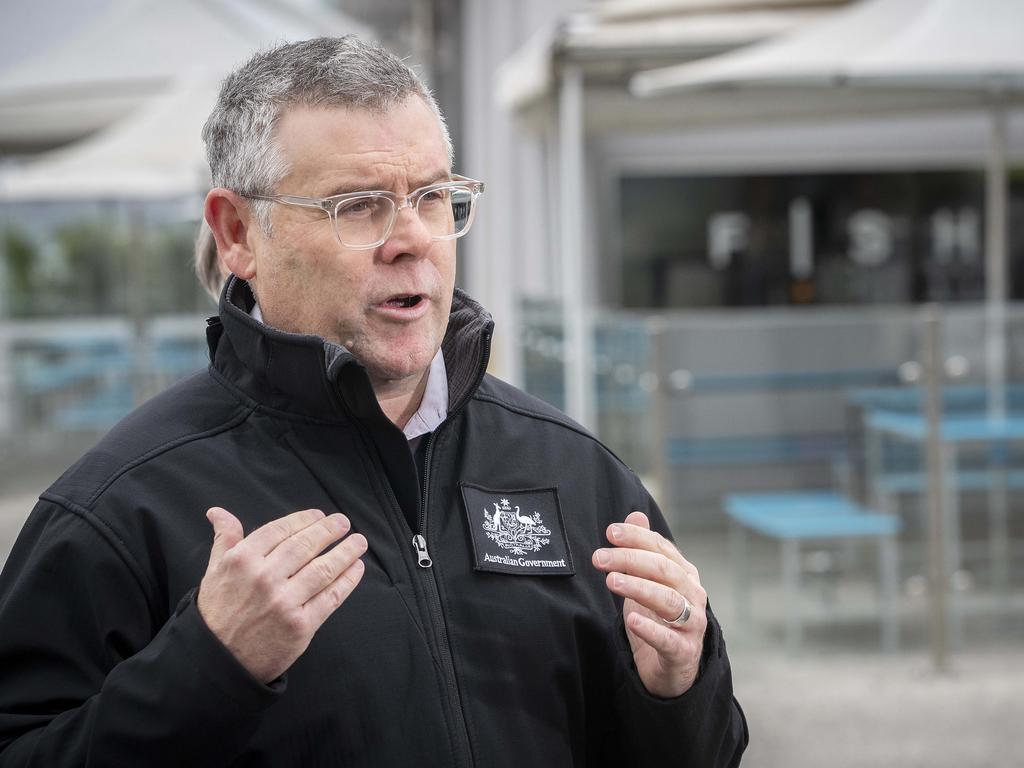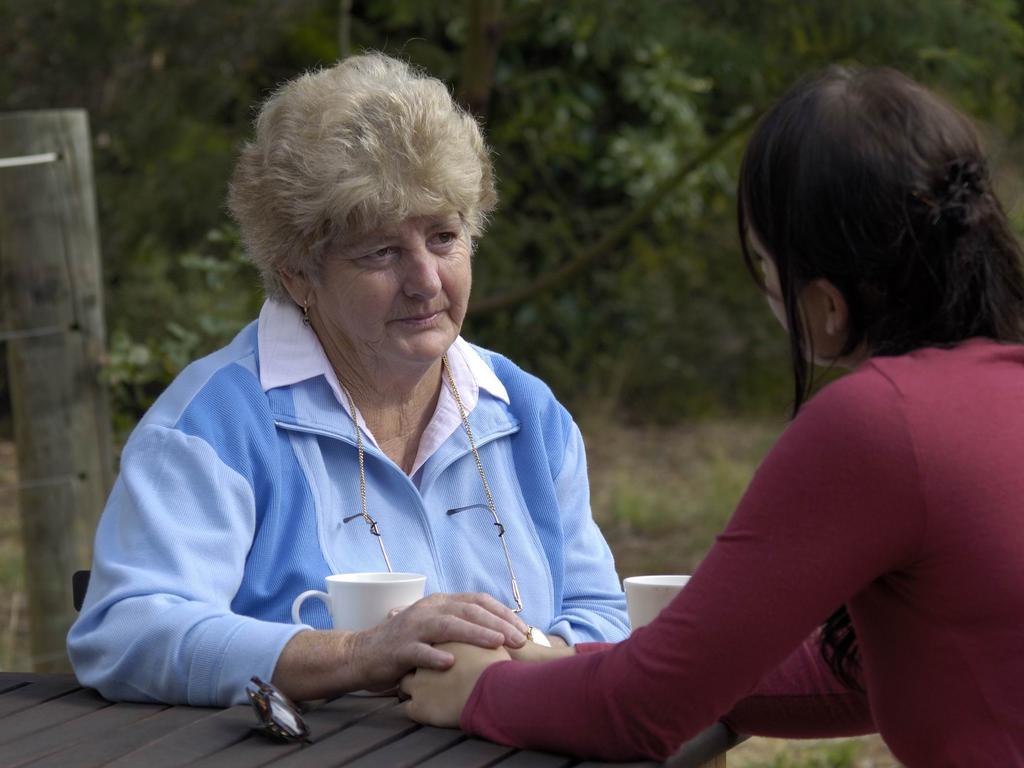Demand for essential services shows jobs focus priority
Among the big issues in developing a workforce – both public and private – is a need for more nurses, teachers, police and frontline workers.

Some say government is too big; they want less government intervention and a trimmed-down public sector. Others say a bigger public sector is required to deliver the services Australians need to pursue meaningful and fulfilling lives and to live with dignity.
Let’s look at the facts as reported in the 2021 census.
About 16 per cent of the Australian workforce works in the public sector for federal, state and local governments. The public sector workforce increased by 285,797 or 18 per cent in the five years to 2021. This compares with growth of 12 per cent for the private sector.
However, the pandemic had been in train for 16 months in the lead-up to the August 2021 census, which meant government services and workforces including, say, nursing staff, had to gear up.
But even this gearing up didn’t deliver an excessive public sector by historic benchmarks. Australia’s public sector workforce scaled back from 16 per cent of the workforce in 2011 to 15 per cent in 2016 before returning (with the pandemic) to 16 per cent in 2021. The pandemic brought the public sector workforce back to a proportion of the overall workforce that had existed a decade earlier.
Public sector workers deliver essential services that are largely a function of population. More natural increase plus migration equals a greater need for (publicly funded) essential services in Australia.

Some of the biggest public sector jobs recorded in the 2021 census deliver frontline services to the Australian people, including 134,203 registered nurses, 99,323 primary school teachers, 77,168 secondary school teachers and 58,943 police.
The largest job categories in the private sector include 506,144 general sales assistants (aka shop assistants), 215,138 aged and disabled carers, 152,632 truck drivers, and 144,378 accountants. These workers in the public and private sectors are by definition the essence of middle Australia. We all work together to deliver value, to provide services, to raise families, to pay taxes, to make our nation work.
There are benefits and challenges in working in both sectors, including in the matter of remuneration. I have accessed from the census median income by single year of age for full-time workers with a university degree working in the private and public sectors.
The evidence shows degree-skilled public sector workers are better remunerated than their private sector counterparts throughout the decade of the 20s. However, between the ages of 33 and 55 private sector workers are better remunerated than public sector workers.
The private sector out-earns the public sector across two decades. The peak differential is age 46, where the private sector median of $127,000 is 8 per cent higher than the public sector median of $118,000. There may be peak public sector discontent with remuneration levels around the mid-40s. (This specific cohort is possibly a popular target for private sector poaching.)
However, any discontent in the mid-40s is likely to have dissipated by the age of 56 when public sector workers out-earn their similarly skilled full-time private sector counterparts.
But work isn’t just about income earning capacity, it is also about working with colleagues in an inclusive, diverse and supportive environment.

The 2021 census shows 61 per cent of workers in the public sector are female. However, many of the jobs in the public sector are preferred by women such as jobs in health, care and education. Perhaps there should be boosted investment in programs that attract a greater number of men into these sectors. There is a more balanced distribution between men and women in the private sector: 54 per cent male, 46 per cent female.
There isn’t a significant difference between workers in the private and public sectors when it comes to matters of belief: 56 per cent believers in the private sector versus 53 per cent in the public sector.
Diversity is an important issue in the Australian workforce. In the public sector 80 per cent of workers were born in Australia, Britain or New Zealand. In the private sector this proportion is 73 per cent.
Part of the differential might be explained by the requirement for university or broadly similar training for public sector work. This training may be more easily accessed by workers from an English-speaking background. In either case, the census results show where efforts to improve diversity might be directed in the future.
The mapping of public sector versus private sector hot spots across Australia reflects a cultural truth about our nation. About one in six workers is employed by some level of government to deliver the services we regard as necessary to live the lifestyle we have come to expect.
There are hot spots where the public sector proportion exceeds 16 per cent, such as in Canberra-Queanbeyan where this proportion reaches 40 per cent. But then the purpose of Canberra is public administration. The same is true of Darwin (30 per cent) and Alice Springs (33 per cent), which act as central places of critical mass from which to deliver services to the Territory and its Top End.
I have cited two cities in each state and territory where the proportion of the workforce working in the public sector is highest: (Armidale, NSW, 25 per cent) and lowest (Byron Bay, NSW, 8 per cent). For Victoria this proportion tops 23 per cent for Castlemaine which, from previous analyses for this series, I identified as a work-from-home hot spot, suggesting that public sector workers decamped from Melbourne to this goldfields town during lockdown. Colac (7 per cent) always pops up in these listings as a community that is modestly reliant on government services. Colac and Byron Bay are (on this matter at least) remarkably aligned. I wonder if there are especially vibrant local chambers of commerce in these extraordinarily entrepreneurial towns.
Within Australia’s capital cities, apart from purpose-built Canberra, there is no obvious inner-city or other clustering of public sector workers. This cohort of workers do not live in isolated enclaves within the state capitals.
There are hot spots favoured by public sector workers, but these can be explained by essential workers choosing to live close to where they work. For example, 74 per cent of the workforce living in Sydney’s Camperdown-Darlington area work in the public sector. However, this part of Sydney contains the University of Sydney and Royal Prince Alfred Hospital.
In Melbourne, about 66 per cent of workers living in Parkville work in the public sector. But again this suburb includes the University of Melbourne and several hospitals including the Royal Melbourne. In Brisbane’s St Lucia, 74 per cent of workers work in the public sector, but this suburb includes the University of Queensland.

In terms of private sector enclaves there are several that dominate parts of our capital cities.
There are 9156 workers living in Sydney’s (industrial) Smithfield in the city’s west; of these 9122 work in the private sector. This proportion rounds to 100 per cent private sector workers.
Nearby Wetherill Park isn’t too far behind Smithfield at 99 per cent private sector workers.
In Melbourne it’s places such as Moorabbin Airport and Bayswater North where 99 per cent of workers work in the private sector.
Other private sector hot spots across the nation include Queensland’s Peregian Beach (99 per cent), South Australia’s Whyalla North (100 per cent), Western Australia’s East Pilbara (98 per cent), Tasmania’s Legana (99 per cent), Darwin’s Coconut Grove (97 per cent) and Canberra’s Kingston (97 per cent).
The 2021 census shows no evidence public sector workers disproportionately cluster in inner-city enclaves. In fact quite the reverse. If there are enclaves they’re more likely to be private sector workers working in suburban industrial estates.
And despite a surge in public sector workers in the five years to 2021, this cohort’s proportion within the overall workforce is no greater than it was a decade ago.
What this analysis does show, I think, is that Australia relies heavily on the men and women who deliver essential services in the public and private sector workforces. We need more, not fewer, nurses, teachers, police and frontline workers generally.
It also shows we need to focus on filling gaps in the workforce through immigration, digitisation and upskilling the existing workforce. These are the big issues in developing a workforce – both public and private – that delivers prosperity, opportunity and services to the Australian people.
Bernard Salt is founder and executive director of The Demographics Group. Data and research by Hari Hara Priya Kannan.







It is an issue that can trigger passionate debate in Australia: the role of government and the size of the public sector workforce.